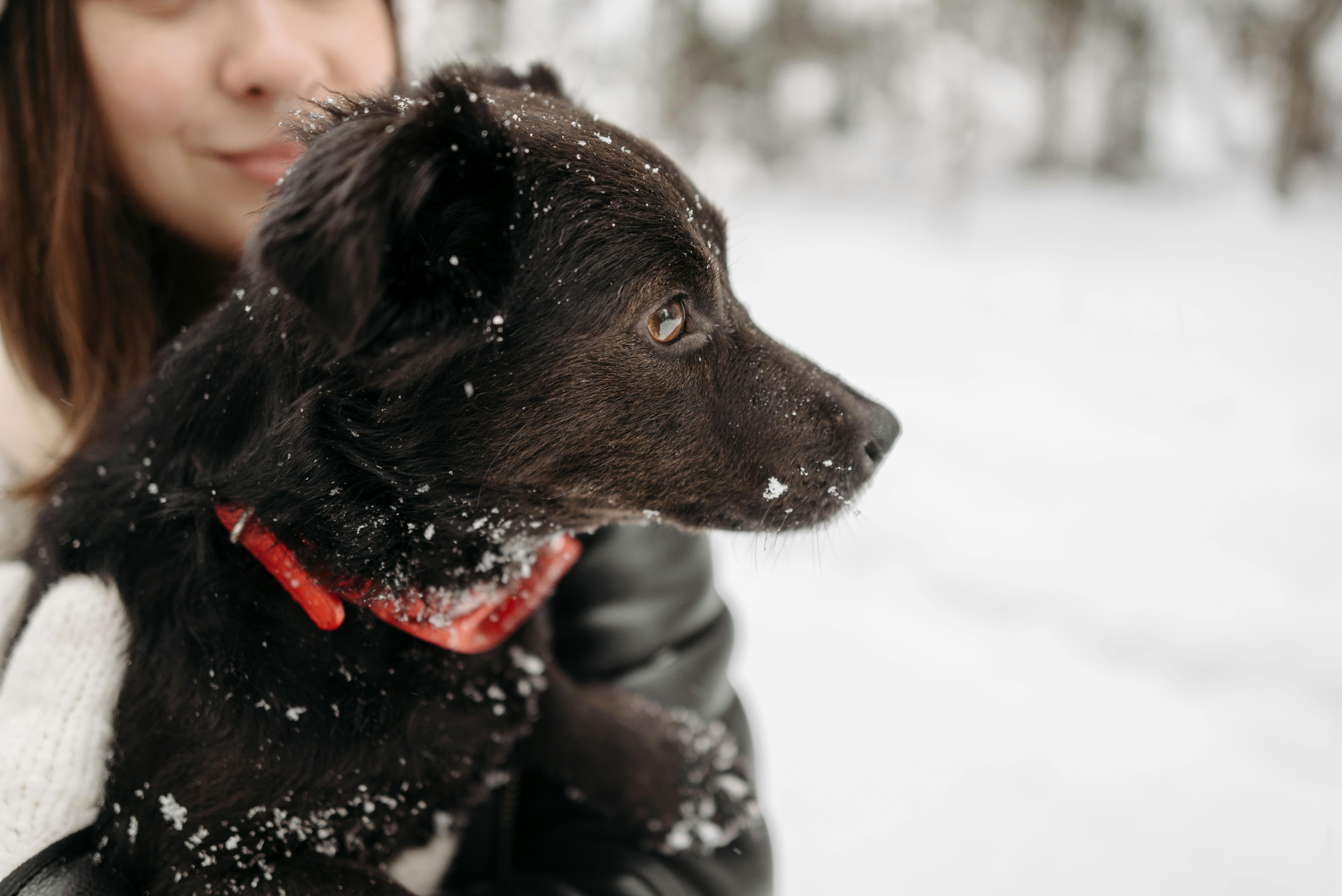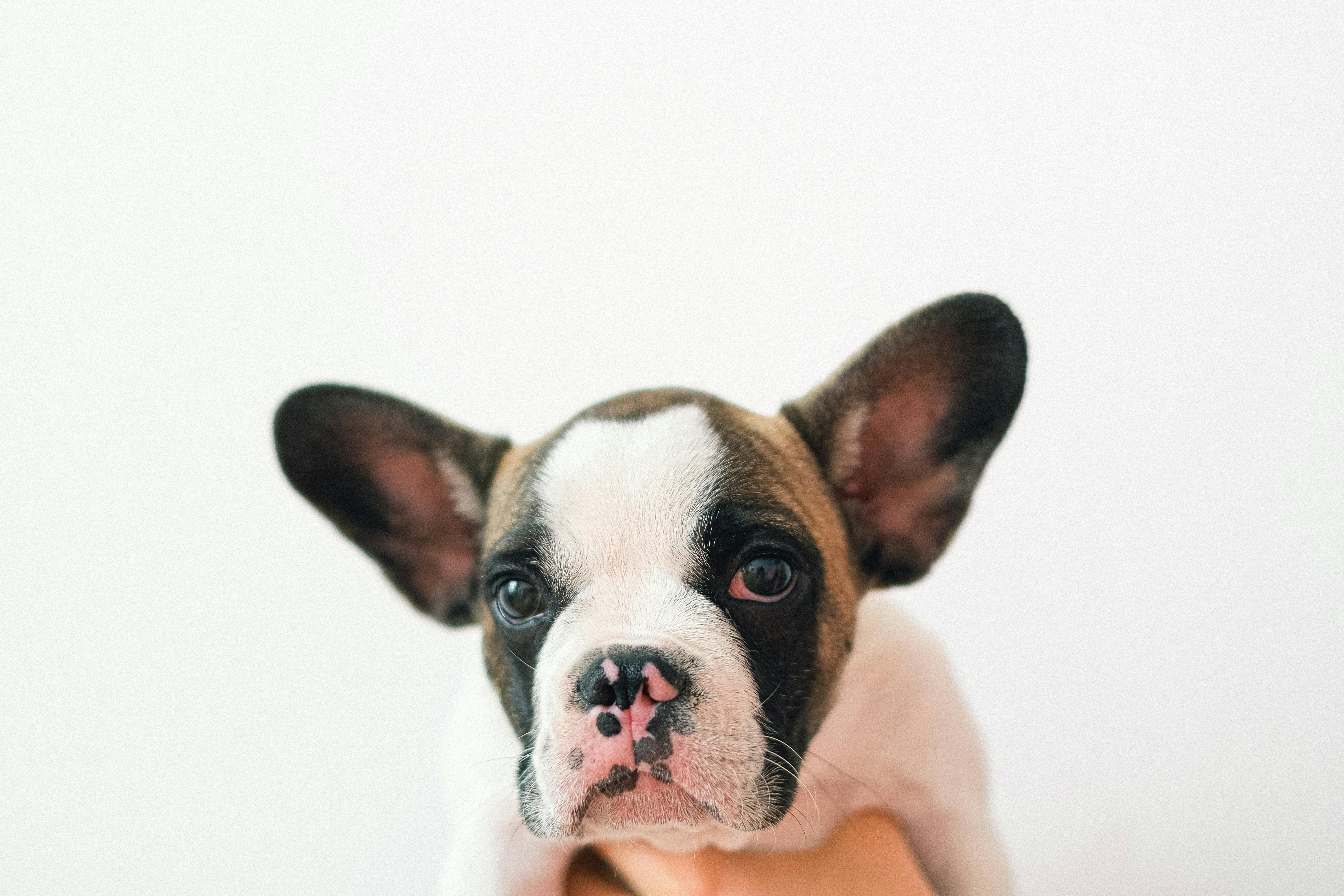I have to admit that for many of us, walking into a store to buy a bottle of wine can be a bit like visiting a foreign country and not knowing the language. If you’re buying wine for yourself, it’s probably not a big deal, although it might be good to have some knowledge so you’re more likely to buy something you enjoy. However, if you are buying a bottle of wine as a gift, then being able to interpret the information on the label becomes a bit more important. Goal, first things first.
Your first consideration should probably be where you will be shopping If you live in a state where alcohol sales are controlled or restricted, your options may be limited. I live in Pennsylvania, where consumers are only allowed to purchase packaged wine and alcohol from state-operated wine and spirits stores or a private Pennsylvania winery. Of course, you can travel out of state to purchase a limited amount of alcoholic beverages, but these purchases are subject to an 18% state tax. (However, I can’t say I know of anyone who has traveled out of state to buy wine and actually came clean, claimed their loot, and paid that outrageous tax.) To find the best wine selection in a state where alcohol sales are controlled, check the Internet for outlet information and locations. For example, PA has premium wine stores and you can get a list of their locations by visiting the PA Liquor Control Board website.
If you live in a state with more liberal liquor laws, you probably have more options available to you for purchasing wine: large retail chains like Wal-Mart and Target, large chain pharmacies, supermarkets, independently owned liquor stores, specialty wine shops, and grocery stores. . You can buy great wines at all of these places, but independent stores have the potential to vary in the quality and quantity of their inventory. One of the best avenues for selection and pricing is a wine warehouse, and if you’re very lucky, you live in a state where you can order wine online from a wine dealer.
Not all wine shops are created equal, so there are a few issues to consider when choosing where to buy wine. One consideration is how the wine is stored. Exposure to excessive heat, wide temperature fluctuations, and bright lights can cause spoilage, so take note of any wine that may be stored next to radiators or heating ducts. You should also look at the overall aesthetic of the store. Are things well organized and neat or is the merchandise dusty and messy? A sign of a quality wine store is when a store has more than one vintage of a particular wine. This would indicate that the store owner is interested in the depth of their offerings, as well as the breadth.
Every retail store has organization and a wine store is no exception. Although all those bottles may look deceptively similar, a closer look will likely reveal some system for how the wine is displayed. They can be divided into categories as broad as the type of wine, that is, red, white or sparkling. They can also be categorized by region: Napa Valley, Sonoma, Loire, Finger Lakes, Italian, South African, etc. or by varietal: Chardonnay, Riesling, Cabernet Franc, Merlot, Zinfandel, Chenin Blanc, etc. Getting an idea of the store layout will at least help you find a particular section that might interest you.
Now we go with the label…
There are laws that mandate what information must be included on a wine label. These laws vary from country to country and are based on where the wine is marketed and not where it is produced. To the dismay of the producer, this can mean that a wine will have several different labels. Once the label is designed, it must be approved by various government agencies.
Most wine bottles will have two labels attached. In addition to the fact that these labels provide the information required by law, they are intended to help market the product. The front label is designed to attract the attention of the consumer through the use of marketing tactics such as logos, interesting graphics, colors, and lettering. The back label will often try to seduce your senses. A Pinot Noir I have in my inventory but have yet to taste says “… Rich in texture with a lingering finish and versatile enough to complement almost any kitchen.” It called my attention! These optional endorsements are not governed by law.
Labeling requirements for the United States are set by the Treasury’s Bureau of Alcohol, Tobacco and Firearms. These requirements include:
Brand name identification or brand identification– It can be the name of the owner, name of the brand, name of the winery, area of cultivation, denomination or variety of grape. The name of the brand must not mislead as to the quality, origin, age or variety of the grape. In the US, a wine cannot be labeled as a particular variety unless it contains at least 75% of that variety. For example, a wine cannot be called a Zinfandel if it only contains 74% Zinfandel grapes.
Class of wine, type or appellation– The wine is labeled with the class number or with a description similar to the ones described here:
class 1 – It can be labeled as “Light Wine”, “Light White Wine”, “Table Wine”, “Sweet Table Wine”, “Red Table Wine”, or similar. A Class 1 wine must have an alcohol content between 7% and 14% vol.
class 2 – It can bear the label “Sparkling Wine” or something similar. A Class 2 wine has been made sparkling only by a natural method.
class 3 – It may be labeled “Carbonated Wine” or something similar. Class 3 wine has injected carbon dioxide.
class 4 – It can bear the label “Vino Citrus” or something similar. A class 4 is a wine that is produced mainly with citrus fruits.
class 5 – It can be labeled “Fruit Wine” or something similar. A Class 5 wine was produced primarily from fruits other than grapes or citrus.
class 6 – Wine that has been made from agricultural products such as vegetables.
class 7 – It can bear the label “Wine Aperitif” or something similar. A Class 7 wine has an alcohol content of not less than 15% by volume; the grape wine has been combined with added brandy, alcohol and flavored with herbs and natural aromatic aromas.
class 8 – It can carry the label “Imitation Wine” or something similar. A Class 8 wine contains man-made materials.
class 9 – It can bear the label “Vino Retsina” or similar. A Class 9 wine is a grape table wine that has been fermented or flavored with resin.
Alcoholic degree by volume– The alcohol content must be listed on the label only if it contains more than 14% by volume. Wines containing more than 14% alcohol are taxed four times higher than those containing less alcohol. These are considered “fortified wines” even if the high alcohol volume is achieved through natural fermentation. For wines with an alcohol content of 14% or more, a variation of 1% is allowed. Wines that have less than 14% alcohol by volume are allowed a variance of 1.5%. Wines containing less than 14% alcohol must state so on the label or be labeled with the appropriate class or description, such as “light table wine.”
Net volume of content– In 1977, the US government mandated that metric measurements be used as the standard for the wine industry. The most common bottle volume is 750 ml. If the volume is not listed on the label, look for it molded into the glass bottle.
Name and address of the bottler, producer and country of origin– This information is mandatory in all American wines and the words “bottled by” must immediately precede the name and address of the bottler. The term “produced and bottled by” may be used if the bottler also made not less than 75% of the wine by fermenting the must (juice) and clarifying the wine. “Brewed and bottled by” may be used if the named winery fermented and clarified at least 10% of the wine or if the winery changed the class of the wine by fortifying it, adding carbonization, or turning it into a sparkling wine by adding a secondary fermentation process. when the words “stored”, “vintage” Prayed “prepared” are used means that the named winery stored, clarified or barrel-aged the wine at that location. “Mixed and Bottled” indicates that the named winery blended the wine with another wine of the same type and class at that location. The country of origin indicates where the wine was produced and not necessarily where the grapes were grown.
– This designation indicates the country or region where the grapes were grown. The information provided can be broad and indicate the country or it can be very specific and name the particular vineyard. Some tags include both. In the US, it is mandatory to include the appellation of origin if any of the following applies:
1. A generic term is used
2. A varietal term is used
3. The name is qualified with the word “brand”
4. The vintage (year of grape harvest) is included on the label
Additionally, for US wines to be labeled as a California appellation, CA state law requires that 100% of the grapes used be grown in CA. Most other states have a 75% requirement. In order for a wine to be labeled as a Specific Viticultural Area (Sonoma), 85% of the grapes must be from the named area.
Sulfites or “organic” wine statement: Winemakers sometimes add small amounts of sulfur dioxide to wine to preserve the fruity flavor and retard oxidation. Other winemakers will spray their grapes with sulfites to prevent disease and reduce pests. Because sulfites can cause allergic reactions or severe headaches in some people, when the sulfite content is greater than 10 ppm, the label should say “added sulfites.” If a wine is simply labeled “organic,” it means that it only contains naturally occurring sulfites. “Made with organically grown grapes” simply means the grapes were organically grown (not sprayed with sulfites), but the sulfite content may be higher than wine labeled “organic.”
Health Warning: In 1989, the United States mandated that any alcoholic beverage bottled or imported for sale or distribution in the US must bear a health warning statement on the label. These warnings include many of the following specific messages:
1. “According to the surgeon general, women should not drink alcoholic beverages during pregnancy due to the risk of birth defects”
2. “Consumption of alcoholic beverages affects your ability to drive a car or operate machinery”
3. “It can cause health problems”
In addition to all the information mentioned above, many winemakers may include optional information… but I’ll save that for another time.
Now that you know how to read a wine label, run, not walk, to the nearest wine store and test your new skills.




